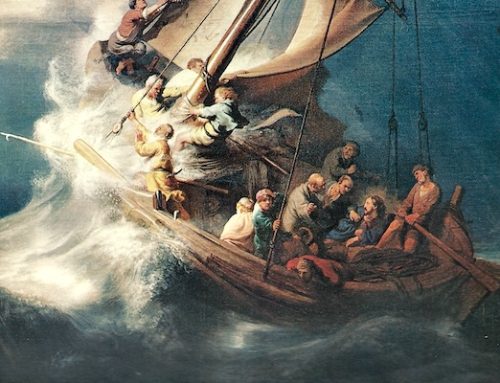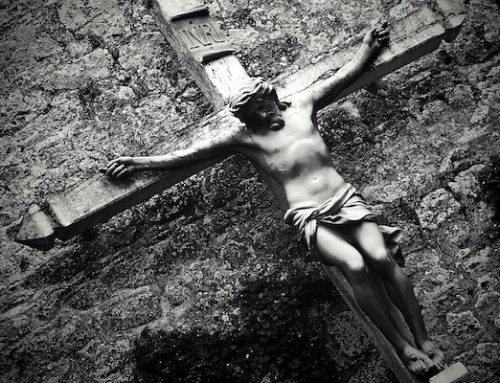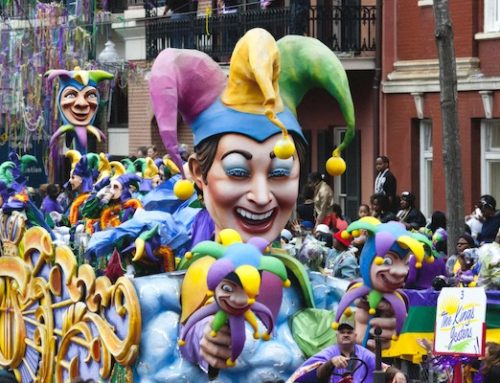This will be something to see. CNA reports:
Catholic artist Timothy P. Schmalz sought to find and bring to life the most important subject matter an artist could ever express.
“I wanted to create a sculpture project that would be the heart of Christianity,” the Canadian sculptor said.
He settled on Christ’s crucifixion and death.
His new creation, once finished, will be a life-size set of the 14 Stations of the Cross — scenes depicting Christ’s journey from being condemned to death to his burial — placed right next to Disney World. The faithful will be able to encounter the 12-foot tall, 11-feet wide sculptures at the Basilica of Our Lady Queen of the Universe, in Orlando, Florida.
“I hope to rival Universal Studios, Walt Disney, and every other feature in Orlando by creating what has never been done before, and that is one of the biggest, most complex Stations of the Cross,” Schmalz said.
Schmalz is not new to sculpting. The experienced artist’s work can be found worldwide, from St. Peter’s Square in the Vatican to Washington, D.C. He is perhaps best known for his “Homeless Jesus” sculpture and the “Angels Unaware” statue.
His new Stations of the Cross, he hopes, will serve as a tool for evangelization and conversion for the roughly 50 million people that visit Disney each year.
“It’s right in the center of a place that desperately needs a spiritual Catholic oasis,” he said, adding that bringing the Stations of the Cross to Orlando is “bringing the Gospels [to] where the people are, in a sense.”
The stations — which combine mural painting and sculpture — will offer visitors “visual doorways into a Catholic-Christian experience,” he said.
This isn’t the first time the artist has interpreted the Stations of the Cross. Visitors to the Divine Mercy Shrine in Stockbridge, Massachusetts will remember Schmalz’s dramatic depiction of Christ’s suffering and death outside the shrine church:
Related: Timothy Schmalz statue to be part of COVID memorial
As an aside: Timothy Schmalz contributed to my book, A Busy Person’s Guide to Prayer, offering a reflection on prayer and work:
“I think we have to open up the definition of prayer to be more inclusive, more active. Sculpting is prayer; in my studio prayer is action, it is on the move. To our disadvantage prayer has become something still and distilled, as if you move you break the spell. If I create a sculpture of Jesus, I feel I am praying in an aggressive way, inventing, doing. I think this type of prayer is open to life’s interruptions, mild but over time perhaps more potent than just one hour of silent prayer in a church. Perhaps we have made the idea of prayer too sacred that no one does it any more, like the good silverware that is only set for special occasions. Also, for more than three years for usually eight hours at a time every day, I listen to unabridged Bible recordings on repeat. Previous generations have not had this opportunity that is available today. I go in and out of the text through my work. I take a phone call, get a tool but it is always there to settle back into. It is the audio landscape of my studio. Again it is mild, but sometimes it awakens moments that are very spiritual. This is part of my prayer.”






